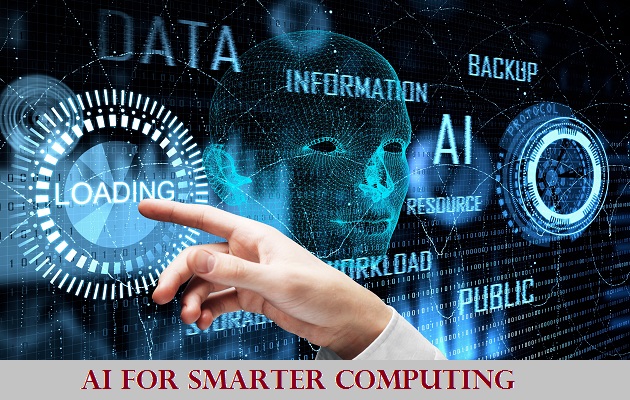Artificial Intelligence (AI) and its applications are impacting almost every industry and the way it operates. As data becomes the mainstay of almost all business decisions, AI is also becoming one of the most efficient business tools that can rightly leverage the power of this data. While the original objective of Edge computing was to deliver lower compute storage and processing abilities to Internet of Things (IoT) devices, it has today gone much beyond that in terms of functionality.
However, to develop solutions for business, the key decisions need to be on the best infrastructure that can support the business in delivering it. Cloud was the way forward but some subtle drawbacks – latency and the time or distance gap in decision making speeds – are now becoming an impediment. Since all business need to be real time, all the time, the distance between the computing platform and the cloud makes a huge difference to the latency here. For every 100 miles data travels, it loses speed of roughly 0.82 millisecond.
Running AI on Edge benefits
One of the biggest advantages of running an AI based solution on edge is that there is no time lapse or latency between the storage and analysis of data, and the decisions being delivered from the derived insights – making IoT and analytics more powerful than ever before. Costs are also no longer a challenge since the edge requires lesser connectivity for data transfer.
This enables enterprises to create patterns that are far more insightful than basic analytics, even from large data sets. When operating on the Edge, AI has added power to provide more accurate data pertaining to various business scenarios – supporting better decision making for business. GPUs are now being deployed increasingly on the edge, to speed up this ability of AI, and increase computing time.
So, AI enabled IoT devices that collate data from both the hardware and the software stack, help operational technology to deliver intelligent, real-time decisions for business. The advantage that Edge has here is its hive like architecture of small, yet powerful computing devices, which have the ability to shift the collection, storage and analysis of this data, away from the cloud, keeping it light and agile.
Faster Process Computing
However, compared to a cloud infrastructure, Edge could suffer from limited computing power – a fact that could impede the advantages it offers. In addition, the IoT applications for enterprise often come with a very heavy workload, and the cloud may not be able to sustain it in some industries that are data heavy – medical devices, manufacturing and transportation, to name a few.
The combination of hardware accelerators and software platforms ensure efficient running of inference models on the edge. Once the AI inferences gather speed, the Edge will become an even more invaluable site to leverage machine learning and AI.As Edge devices with more computing power and storage are being introduced, it should be ensured that they are also supported with reliable operational infrastructure.
Future Applications
The step further needs to deliver all the advantages of IoT in an industrial environment. It is natural that AI on the Edge will lead the notion of intelligent digital twins that have the ability to learn from their environment and contribute to decision making locally based on local goals. The ability to deliver high speed, cost effective and real time decisions based on constant data collation, will be the hallmark of IIoT as well.
With data coming from almost every possible source, very sophisticated machine learning models on the Edge will help make much better sense out of each video frame, speech synthesis, and even unstructured data from sensors, and AV devices. With the widespread use of 5G network, the much better high-speed connectivity will make AI on Edge even more exciting, as it will offer even higher data rate, at much lower costs and almost nil latency.






